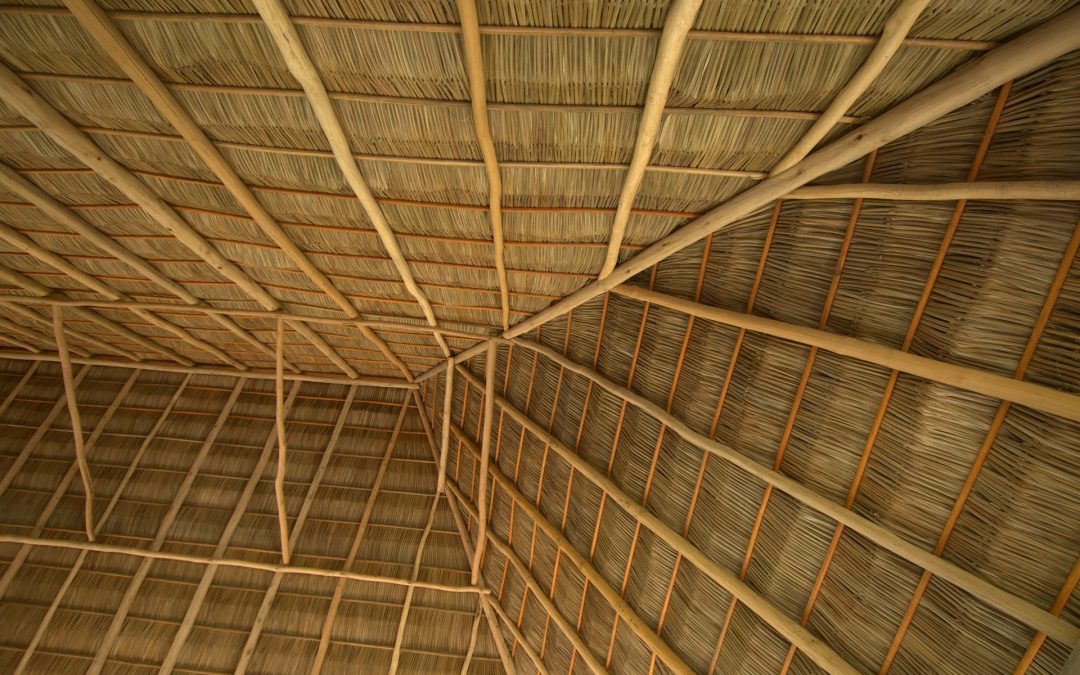Wood roofs add a charming and elegant touch to any home. However, their beauty comes with a need for proper care to protect them from the elements. Sun, rain, snow, and wind can all impact the durability of wood roofing. Without the right protection, wood roofs can suffer from rot, warping, and other damage.
Taking steps to shield your wood roof from environmental threats is crucial. From applying protective coatings to regular maintenance practices, each effort helps extend the life of your roof. Recognizing early signs of wear can prevent larger issues down the road. It’s about preserving not just the look, but also the strength of your roof.
Investing time in understanding these protective measures can mean a world of difference for your roof. Keep it looking great and performing well through various weather conditions. Staying proactive ensures that your wood roof remains a valuable and lasting part of your home.
Understanding the Vulnerabilities of Wood Roofs
Wood roofs face several environmental threats year-round. Sunlight can cause the wood to dry and crack, while rain can lead to water absorption, increasing the risk of rot. Snow and ice contribute to moisture build-up, while wind can dislodge wooden tiles or shingles. Understanding these threats is the first step in planning effective protection strategies.
Weather affects wood durability in various ways. Changes in temperature cause wood to expand and contract, which might result in unsightly gaps or warped structures. Humidity impacts the wood by fostering fungal growth, which can weaken the roof over time. Being mindful of these conditions helps implement proactive measures to safeguard against them.
Recognizing signs of damage early is vital to maintaining your wood roof’s integrity. Watch for discoloration, which often indicates moisture damage or rot. Missing or shifted shingles can signal wind damage, while visible cracks might suggest drying due to sun exposure.
Regularly checking both indoor ceilings and attics for water stains can also warn you of potential leaks before they worsen.
Treatment and Protective Coatings
Treating your wood roof with protective coatings is a key strategy to withstand environmental damage. There are various types of coatings available, each providing distinct benefits. Sealants work to lock moisture out, while water repellents allow the wood to breathe while keeping humidity at bay. Some coatings even offer UV protection to combat sun damage.
Applying these coatings requires attention to detail for the best results. Cleaning the roof thoroughly before applying ensures that dirt and debris don’t interfere with the coating’s performance. Use brushes or sprayers designed specifically for roofing to ensure even coverage. Make sure to follow the manufacturer’s instructions for drying times and optimal application conditions.
Reapplication frequency varies based on the type of coating used and your local climate conditions. A good rule is to check your roof annually and reapply as needed, particularly if you notice signs of wear like fading or reduced water beading. This continual protection helps keep your wood roof strong and beautiful for many years, shielding it effectively from the elements.
Maintenance Practices for Longevity
Keeping a wood roof in top shape requires regular maintenance. Regular cleaning helps remove debris and dirt that can accumulate and potentially lead to moisture retention or mold. Aim to clean your roof seasonally by sweeping off leaves, branches, and other debris firsthand and gently washing off any stubborn dirt buildup.
Inspection plays a crucial role in maintaining a wood roof. Look for signs of pest damage, such as holes or gnaw marks, as pests like termites can cause significant harm to the wooden structure. Rot and mildew are other issues that should be spotted early. Address these problems quickly to prevent widespread damage that could lead to costly repairs.
Finally, simple repairs go a long way in preserving your roof. Replace any damaged shingles or tiles immediately to keep the integrity of your roof intact. Repair or reattach loose components to prevent wind or water damage. By regularly attending to these small fixes, you can avoid bigger problems down the road, ensuring longevity for your wood roof.
Weatherproofing and Enhancements
Enhancements such as weatherproof barriers provide an extra layer of protection from the elements. Consider installing underlayment materials that are specifically designed for wood roofs. These barriers can prevent leaks and add stability against harsh weather conditions.
Improving wood durability is another aspect of protecting your roof. Metal flashings around chimneys or vents help redirect water flow and minimize leakage risks. Adding drip edges can guide water away from the edges of your roof, further reducing water damage potential.
Best practices for seasonal preparation can save time and money. Before winter, ensure your roof is free of debris, and remove any potential ice dams that could form in snowy conditions. It’s wise to check your roof’s condition before the rainy season, confirming that all protective coatings are in place and functioning effectively.
Preparing for seasonal changes keeps your roof well-maintained and ready to face the elements.
Conclusion
The right preventative measures offer peace of mind and safeguard your roof against unforeseen weather challenges. Each step taken—from cleaning to applying coatings—serves as a foundation for a durable, enduring roof.
Your wood roof is an integral part of your home’s charm and practicality, offering both beauty and protection. For expert advice and reliable roofing services, reach out to Mike Huddleston Roofing Systems.
Whether you need help with maintenance, repairs, or upgrades, our team of local roofers is here to ensure your wood roof stands strong against the test of time. Make sure your home is well-protected and looks great with our professional care!

